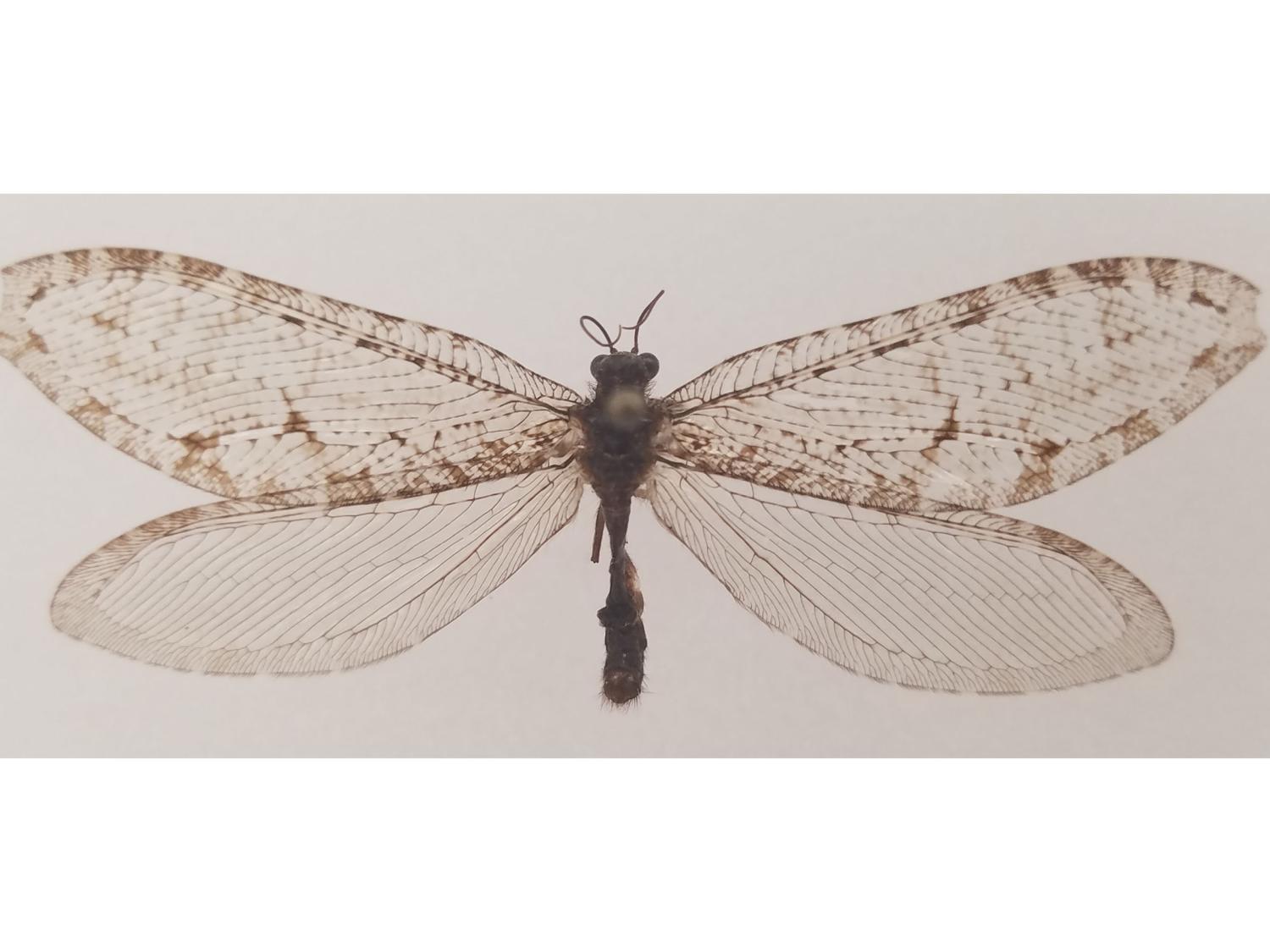最近発見されたオオカナダモは、より深い生態学的な問題を指し示している Recent identification of the giant lacewing points to deeper ecological questions
2023-02-27 ペンシルベニア州立大学(PennState)
 This Polystoechotes punctata or giant lacewing was collected in Fayetteville, Arkansas in 2012 by Michael Skvarla, director of Penn State’s Insect Identification Lab. The specimen is the first of its kind recorded in eastern North America in over fifty years – and the first record of the species ever in the state. Credit: Michael Skvarla / Penn State. Creative Commons
This Polystoechotes punctata or giant lacewing was collected in Fayetteville, Arkansas in 2012 by Michael Skvarla, director of Penn State’s Insect Identification Lab. The specimen is the first of its kind recorded in eastern North America in over fifty years – and the first record of the species ever in the state. Credit: Michael Skvarla / Penn State. Creative Commons
<関連情報>
- https://www.psu.edu/news/research/story/rare-insect-found-arkansas-walmart-sets-historic-record-prompts-mystery/
- https://bioone.org/journals/proceedings-of-the-entomological-society-of-washington/volume-124/issue-2/0013-8797.124.2.332/Rediscovery-of-Polystoechotes-punctata-Fabricius-1793-Neuroptera–Ithonidae-in/10.4289/0013-8797.124.2.332.short
北アメリカ東部におけるPolystoechotes punctata (Fabricius, 1793) (Neuroptera: Ithonidae)の再発見 Rediscovery of Polystoechotes punctata (Fabricius, 1793) (Neuroptera: Ithonidae) in Eastern North America
Michael J. Skvarla, J. Ray Fisher
Proceedings of the Entomological Society of Washington Published:30 November 2022
DOI:https://doi.org/10.4289/0013-8797.124.2.332
Abstract
Polystoechotes punctata (Fabricius, 1793) (Neuroptera: Ithonidae) was formerly widespread across North America, but was extirpated from eastern North America by the 1950s. We report a specimen collected from Fayetteville, Arkansas, which represents a new state record and the first specimen recorded in eastern North America in over fifty years. We also reexamine a previously published dataset and discuss the history of P. punctata in eastern North America. The importance of community science efforts are discussed and compared with museum holdings. We propose that P. punctata may have always been uncommon in eastern North America, or at least when insect collecting began in earnest in the late 1800s, and support our case by examining collection effort in other insects. This discovery suggests there may be relictual populations of this large, charismatic insect yet to be discovered.

